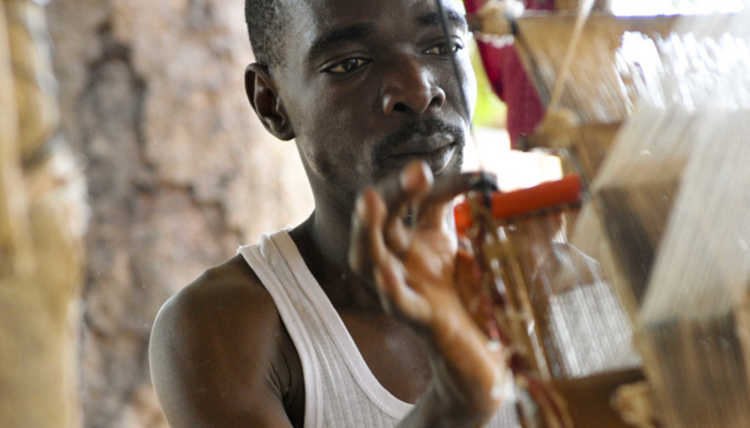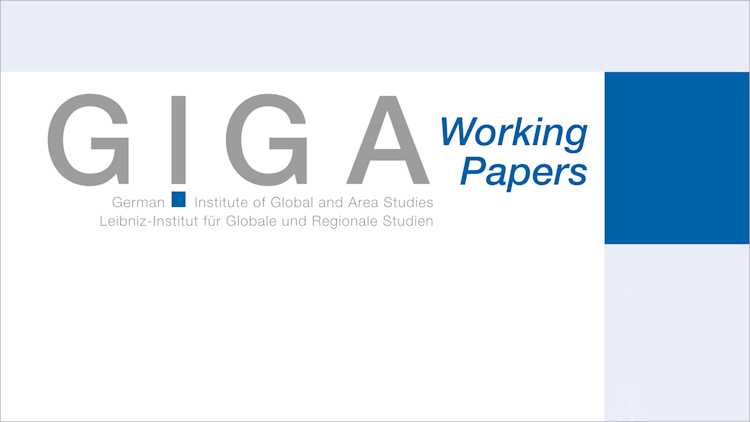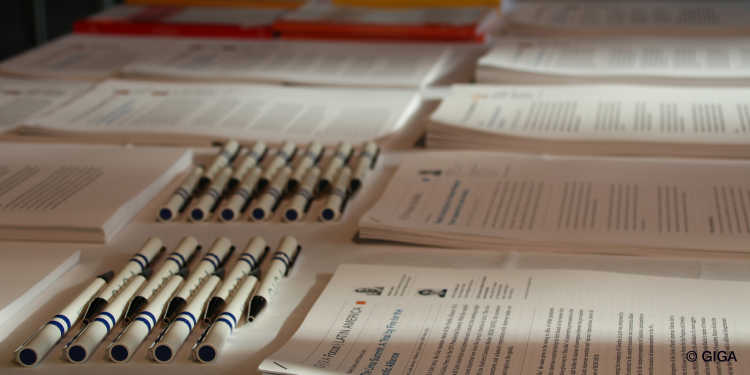- Startseite
- Pressestelle
- Die Vermessung der Arbeit
Publikation
Die Vermessung der Arbeit
Für die post-2015 Agenda der Millennium Development Goals bedarf es neuer Ansätze, schreiben Jann Lay, Sarah Linde, Martin Ostermeier und Sebastian Prediger.

The aim of this paper is to contribute to the ongoing discussion about the design of a post‐2015 development framework by proposing indicators to monitor employment outcomes. Our analysis of the current MDG employment indicators shows that measurement problems, the inappropriate use of aggregate statistics, ambiguous interpretability, and assumptions that often do not hold true in the context of developing countries are major shortcomings of the current indicators.
Based on this critique, we develop a new set of indicators for productive employment and decent work. We propose four indicators: (i) the growth of labor value added per worker, (ii) the working poverty rate, (iii) (a) the share of workers receiving less than an absolute labor income and (b) the share of workers receiving less than 60 percent of the median labor income. We demonstrate the empirical application of these indicators using the country cases of Uganda and Peru.






